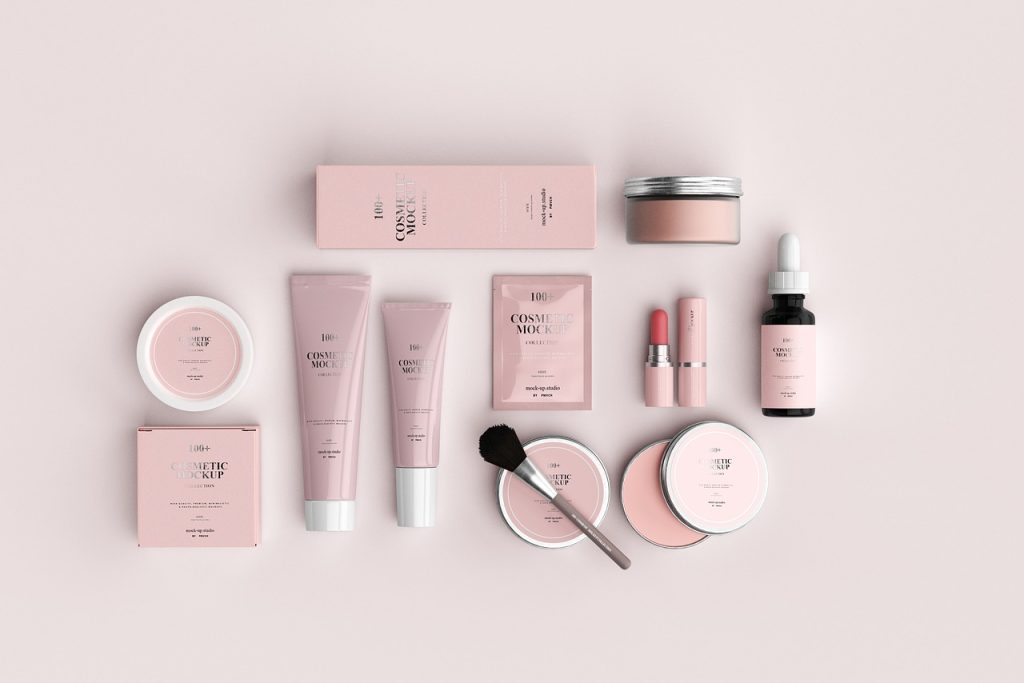You slather on that luxurious moisturizer, swipe on that glow-boosting serum, and pat on that eye cream, all in the name of self-care.
But here’s the uncomfortable truth: your skincare routine might be harming the planet more than you realize.
The global skincare industry is worth over $140 billion, fueled by our obsession with flawless skin.
But behind the Instagram-worthy packaging and “clean beauty” marketing lies a hidden environmental crisis, deforestation, toxic waste, plastic pollution, and carbon emissions on a massive scale.
The Illusion of “Green” Marketing – How Skincare Brands Trick You
Walk into any store, and you’ll see labels screaming:
- “Natural!”
- “Sustainable!”
- “Earth-friendly!”
But most of these claims are meaningless.
Greenwashing is the practice of making a product seem more eco-conscious than it really is, and this practice is rampant in skincare.
A brand might slap a leaf logo on a bottle, but dig deeper, and you’ll find:
- Plastic-heavy packaging (even if the product inside is “clean”).
- Vague terms like “botanical” or “pure” with no certifications.
- Single-use products (sheet masks, wipes) marketed as “biodegradable” when they take decades to break down.
Real-Life Example – The Sheet Mask Scam
Sheet masks are the ultimate skincare scam. They’re soaked in serums, wrapped in plastic, and individually packaged, thus creating mountains of waste.
Some brands claim they’re “biodegradable,” but most end up in landfills and leaking microplastics into soil and water.
The Fix: Look for third-party certifications (like USDA Organic, EWG Verified) instead of buzzwords.
The Environmental Toll of Skincare Resource Extraction
1. Palm Oil:
Palm oil is in nearly half of all skincare products – moisturizers, cleansers, even lipsticks.
But its production is destroying rainforests at an alarming rate.
- Indonesia and Malaysia (where most palm oil comes from) lose 2.4 million acres of forest yearly, homes to orangutans, tigers, and indigenous communities.
- Skincare brands use palm-derived ingredients like glycerin, stearic acid, and cetearyl alcohol, often without disclosing it.
2. Mica Mining:
That shimmery highlighter you love? It likely contains mica, a mineral mined in dangerous conditions.
- India produces 60% of the world’s mica, much of it illegally, using child labor.
- Mining strips forests, causes landslides, and pollutes water.
Ethical Alternatives: Brands like Lush and Aether Beauty use synthetic mica or ethically sourced versions.
3. Water Waste:
Hyaluronic acid, aloe vera, and glycerin are water-guzzling ingredients.
- Producing 1 kg of hyaluronic acid requires thousands of liters of water.
- Aloe vera farming in drought-prone regions (like Mexico) strains local water supplies.
Solution: Look for waterless skincare (powders, balms) to cut waste.
Pollution from Production and Disposal
1. Chemical Runoff:
Wash your face at night, and your cleanser’s chemicals flow straight into waterways.
- Microbeads (banned in some places but still found in exfoliants) poison marine life.
- Sunscreen chemicals (oxybenzone, octinoxate) bleach coral reefs.
Switch To: Mineral sunscreens (zinc oxide) and natural exfoliants (jojoba beads).
2. Plastic Packaging:
The beauty industry produces 120 billion packaging units yearly, and most are unrecyclable.
- Pumps, droppers, and mixed-material tubes clog recycling plants.
- Single-use sachets and sample packets are landfill nightmares.
Better Choices: Brands like BYBI and Ethique use refillable glass jars and compostable packaging.
3. Carbon Footprint:
Your French clay mask? Shipped from Europe.
Your Korean essence? Flown across oceans.
- Transporting skincare ingredients contributes to CO2 emissions.
- Cold-storage skincare (like vitamin C serums) requires energy-heavy refrigeration.
Solution: Support local, low-waste brands to cut transport emissions.
How 10-Step Routines Are Killing the Planet
- Fast beauty = fast waste
Social media fuels endless hauls, disposable samples, and FOMO-driven buys.
- The average woman uses 12 skincare products daily, with most half-finished before disposal.
- Tiny sample packets (often thrown away after one use) add to plastic pollution.
– Fix It: Simplify your routine because your skin (and the planet) don’t need 10 serums.
How to Be a Planet-Conscious Skincare Lover
- Buy Less, Choose Wisely – Stick to multi-tasking products.
- Refillables Over Disposables – Brands like Kjaer Weis let you reuse compacts.
- DIY When Possible – Oils, honey, and oatmeal can replace store-bought products.
Bottom Line
The skincare industry won’t change overnight but you can vote with your wallet. Every time you choose sustainable, ethical, and low-waste options, you push brands to do better.
So next time you reach for that shiny new serum, ask yourself: Is this costing the planet more than it’s giving my skin?
